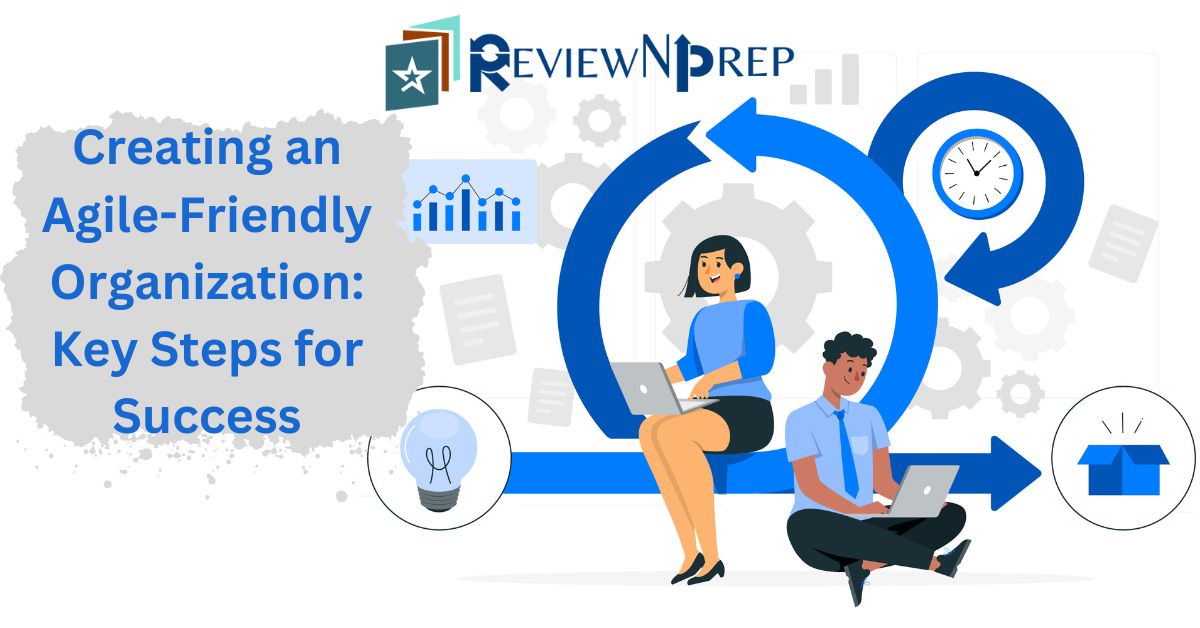|
|
In today’s fast-paced and ever-evolving business landscape, organizations are increasingly adopting Agile methodologies to remain competitive and drive innovation. While Agile has proven its worth in small teams and projects, scaling Agile practices across entire organizations presents unique challenges. This blog post will explore some of the common challenges faced by organizations when scaling Agile and provide practical strategies to overcome them.
But first..
Table of Contents
Why Agile
Agile methodologies offer numerous benefits for organizations that embrace them. Firstly, Agile promotes adaptability and flexibility, allowing teams to respond quickly to changing market demands and customer needs. By breaking projects into smaller, manageable iterations or sprints, Agile enables faster delivery of valuable increments, resulting in improved time-to-market.
Agile approach also emphasizes collaboration and cross-functional teams, fostering better communication, knowledge sharing, and innovation. This approach enhances team morale, engagement, and satisfaction, leading to higher-quality work and increased productivity.
Additionally, Agile provides greater visibility into project progress, enabling early identification and mitigation of risks. Continuous feedback loops and iterative improvements promote a culture of learning and continuous improvement. Ultimately, Agile empowers organizations to deliver customer-centric solutions, stay ahead of the competition, and achieve business success in dynamic and unpredictable environments.
Almost all organizations have either gone through a digital transformation or are still in the process of doing it and this is where agile comes in handy. Agile transformation can help organizations to adopt new technologies and processes more quickly and effectively.
How To Overcome the Agile Challenges
Agile Transformation typically requires adjustments to an organization’s leadership approach, assessment and potentially alteration of its structure, and the adoption of new procedures and methods.
Let’s look at some of the common pitfalls and challenges faced by the organizations in implementing Agile and how to overcome them.
1. Overcome Resistance to Change
One of the primary challenges organizations encounter when scaling Agile is resistance to change. Employees, particularly those accustomed to traditional hierarchical structures, may be skeptical or apprehensive about adopting Agile principles and practices.
Overcoming this challenge requires effective change management strategies, such as:
a. Communicate the Why: Clearly articulate the benefits of Agile values and approach, both at the individual, and organizational levels. Deliver a consistent communication on how Agile fosters collaboration, improves efficiency, and delivers value to customers.
b. Training and Education: Lack of understanding of agile principles and values is a recipe for disaster. Provide comprehensive training programs to familiarize employees with Agile methodologies, roles, and responsibilities. Offer workshops, coaching, and mentoring to facilitate the transition.
c. Encourage Early Wins: Start with smaller Agile pilot projects to demonstrate the benefits and showcase success stories. Celebrate these short-term wins to build momentum and generate enthusiasm among team members.
2. Organizational Culture Matters
Organizational culture can either facilitate or hinder the scaling of Agile. Traditional cultures that prioritize individual performance, hierarchy, and rigid processes may clash with Agile’s values of collaboration, empowerment, and flexibility. Misalignment on company’s core values and cultural issues can really take a toll on the transformation process. For example: some Managers often feel uncomfortable with the loss of control and therefore want to stick with the status quo.
To address this challenge:
a. Leadership Support: Obtain buy-in from top-level executives and ensure they actively champion Agile practices. Leaders should embody Agile principles and lead by example, fostering a culture of trust, experimentation, and continuous improvement.
b. Empower Self-Organizing Teams: Shift from command-and-control management to empowering self-organizing teams. Encourage autonomy, accountability, and collaboration. Provide teams with the authority to make decisions and remove hierarchical bottlenecks.
c. Foster Continuous Learning: Create a learning culture that values experimentation, failure as an opportunity to learn, and continuous improvement. Encourage open feedback, embrace diverse perspectives, and support knowledge-sharing initiatives.
3. Work on Coordination and Alignment
As Agile practices spread across multiple teams, projects, and departments, ensuring coordination and alignment becomes increasingly challenging. Lack of coordination combined with complex organizational structures can lead to duplication of effort, conflicting priorities, and inefficiencies. To address this challenge:
a. Scaling Frameworks: Consider implementing scaling frameworks such as SAFe (Scaled Agile Framework), LeSS (Large-Scale Scrum), or Nexus, which provide guidelines and structures for coordinating Agile teams. These frameworks offer mechanisms for cross-team collaboration, synchronization, and alignment.
b. Agile Release Trains: Establish Agile release trains, where multiple teams work together in synchronized increments. This approach ensures consistent delivery cadence, promotes cross-team visibility, and facilitates effective release planning and coordination.
c. Clear Product Vision: Define a clear and shared product vision that guides the work of all Agile teams. Align teams’ goals with the broader organizational objectives to ensure a unified direction and minimize conflicting priorities.
4. Address Scalability of Agile Practices
Scaling Agile often requires adapting and customizing Agile practices to suit the needs of larger teams and more complex projects. Some common challenges in this area include:
a. Scaling Agile Ceremonies: Find ways to conduct Agile ceremonies, such as daily stand-ups, sprint planning, and retrospectives, effectively with larger teams. Explore techniques like scrum of scrums or use technology to facilitate virtual collaboration for distributed teams.
b. Scaling Agile Roles: Adjust the roles and responsibilities defined in Agile frameworks to suit the organizational context. Ensure clarity and alignment on roles like Project Managers, Product Managers, Product Owners, Scrum Masters, and Agile Coaches to support scalability.
c. Agile Tools and Infrastructure: Invest in tools and infrastructure that support collaboration, transparency, and visibility across teams. Agile project management software, communication platforms, and dashboards can help manage dependencies, track progress, and facilitate effective decision-making.
Conclusion
Scaling Agile practices and creating a true Agile organization, requires a holistic approach and a collaborative effort across the board. By addressing resistance to change, fostering an Agile-friendly culture, promoting coordination and alignment, and adapting Agile practices for scalability, organizations can unlock the full potential of Agile methodologies.
While the journey to scaling Agile may have its complexities and the path to success may not be a straight line but the rewards of increased agility, innovation, and customer satisfaction make it well worth the effort.
Further Reading:
Agile, DevOps, CI/CD – How are they related explained in the blog.

